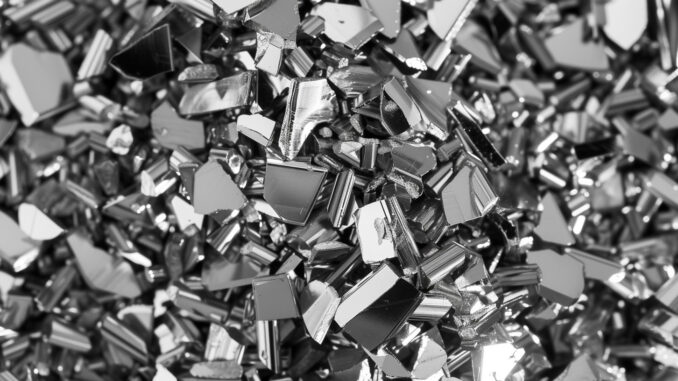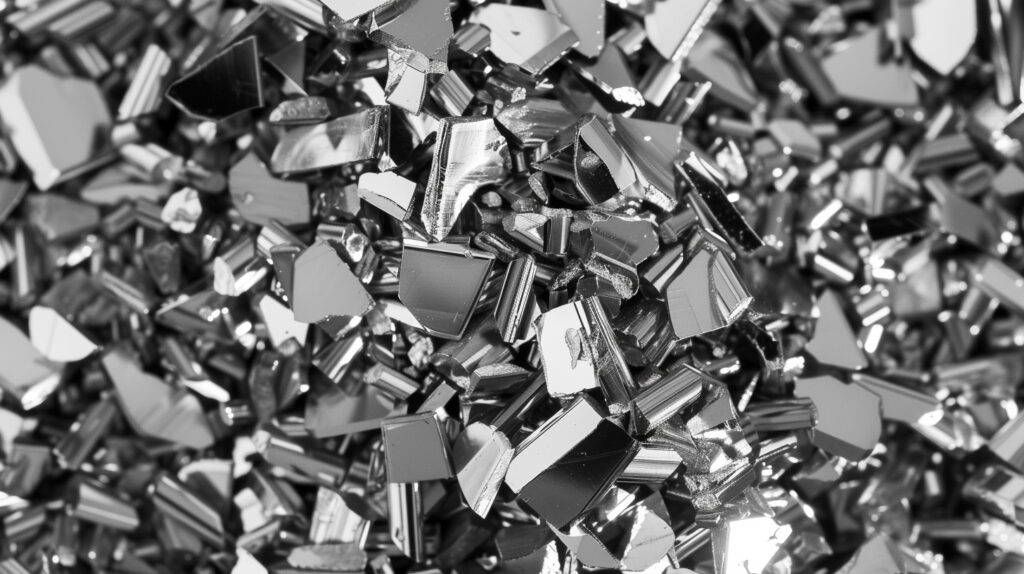
NASA is investing in GRX-810 3D superalloy, promising major advances in aviation and space exploration thanks to licensing agreements with four US companies.
In brief
NASA has invested in GRX-810 superalloy, a 3D printable material capable of withstanding extreme temperatures. This superalloy could transform the aerospace industry by making equipment more durable and fuel-efficient. Four American companies have obtained licences to produce and market GRX-810, which could generate significant economic benefits for the United States.
GRX-810 superalloy
NASA recently announced a strategic investment in GRX-810 superalloy, an advanced material capable of withstanding extreme conditions. Developed as part of NASA’s technology transfer programme, this 3D printable superalloy is designed to improve the durability and efficiency of aerospace equipment. This innovative material will soon be available to industry thanks to licensing agreements with four US companies.
Technical characteristics of GRX-810
The GRX-810 superalloy is made from a material capable of withstanding temperatures in excess of 1,093 degrees Celsius. This exceptional ability is crucial for jet engine and rocket components, which have to operate in extremely hot and hostile environments. Components manufactured with the GRX-810 include rocket engine injectors, combustion chambers and turbines, all of which are subject to high thermal and mechanical stress.
The GRX-810 has been developed by combining computer modelling with additive manufacturing techniques, in particular 3D laser printing. This approach makes it possible to create metal structures layer by layer, offering greater precision and robustness than traditional manufacturing methods.

Benefits for the aerospace industry
Adopting the GRX-810 offers a number of significant advantages for the aerospace industry. Firstly, components made from this superalloy will have a longer service life, reducing maintenance and replacement costs. Secondly, thanks to their greater resistance to high temperatures, these components will improve the energy efficiency of engines, leading to a reduction in fuel consumption and greenhouse gas emissions.
For example, turbines made with GRX-810 will be able to operate longer at high temperatures without deteriorating, which is crucial for long-duration space missions and high-intensity commercial flights.
Economic and industrial consequences
Licensing agreements for the production of the GRX-810 have been awarded to Carpenter Technology Corporation, Elementum 3D, Inc, Linde Advanced Material Technologies, Inc, and Powder Alloy Corporation. These companies will now be able to manufacture and sell GRX-810 components to other players in the aerospace industry. This represents a major economic opportunity, not only for the companies involved, but also for the US economy as a whole.
NASA believes that integrating this superalloy into industrial supply chains will boost innovation and the competitiveness of US companies in the global marketplace. In addition, this initiative could create new jobs and strengthen advanced manufacturing capabilities in the United States.
Potential applications and future prospects
GRX-810 superalloy is not limited to aerospace applications. Its exceptional strength and manufacturing properties could also be exploited in other industries, such as energy, where components need to withstand extreme conditions. For example, gas turbines for power generation could benefit from more durable and efficient materials.
As additive manufacturing technology continues to advance, it is likely that other innovative superalloys will be developed, offering even more opportunities to improve performance and reduce costs in a variety of industrial applications.
Outlook
NASA’s investment in the GRX-810 superalloy represents a major step forward for the aerospace industry. By making this material available to US companies through licensing agreements, NASA is not only stimulating technological innovation, but also the national economy. GRX-810 promises to transform the way critical components are manufactured and used, offering superior performance and increased durability. In the long term, this initiative could also pave the way for new industrial applications, demonstrating once again the importance of research and technological development for economic and scientific progress.
War Wings Daily is an independant magazine.